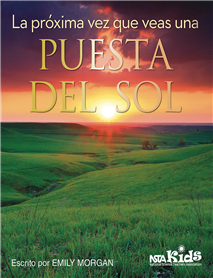All Astronomy resources
Blog Post
What Does 3-Dimensional Space Look Like
When transitioning my classroom instruction to three dimensional learning, I decided to start with one or two areas in each unit or lesson set where I...
By Korei Martin
Book Chapter
Lab 14: Distribution of Natural Resources
In this lab investigation, students apply the disciplinary core ideas of (a) Earth Materials and Systems, (b) Natural Resources, and (c) Human Impacts...
Book Chapter
Lab 23: Human Use of Natural Resources
In this lab investigation, students apply the disciplinary core ideas of (a) Natural Resources and (b) Human Impacts on Earth Systems as they develop ...
Blog Post
At the core of a Next Generation Science Standards (NGSS) classroom is the sequence of exposing students to an interesting natural phenomenon, having ...
By Cindy Workosky
Journal Article
Science 101: Why Do We Only See One Side of the Moon?
This column provides background science information for elementary teachers. This month’s issue discusses the rotation of the moon....
NSTA Kids
La próxima vez que veas una puesta del sol
A 2014 Outstanding Science Trade Book for Students K-12!2014 Winner of the REVERE Award from PreK-12 Learning Group, Association of American Publisher...
NSTA Press Book
Solar Science: Exploring Sunspots, Seasons, Eclipses, and More
Solar Science offers more than three dozen hands-on, inquiry-based activities on many fascinating aspects of solar astronomy. The activities cover the...
By Dennis Schatz, Andrew Fraknoi
Journal Article
Science 101: What Does the Sun Send to the Earth?
This column provides background science information for elementary teachers. This month’s issue discusses electromagnetic waves....
Journal Article
Editor's Note: Earth's Place in the Universe—Understanding Develops Over Time
Science and Children’s editor shares thoughts regarding the current issue....
Journal Article
Science 101: What Is the Controlling Force in the Universe?
This column provides background science information for elementary teachers. This month’s issue takes a deeper look at the four known forces in the ...







